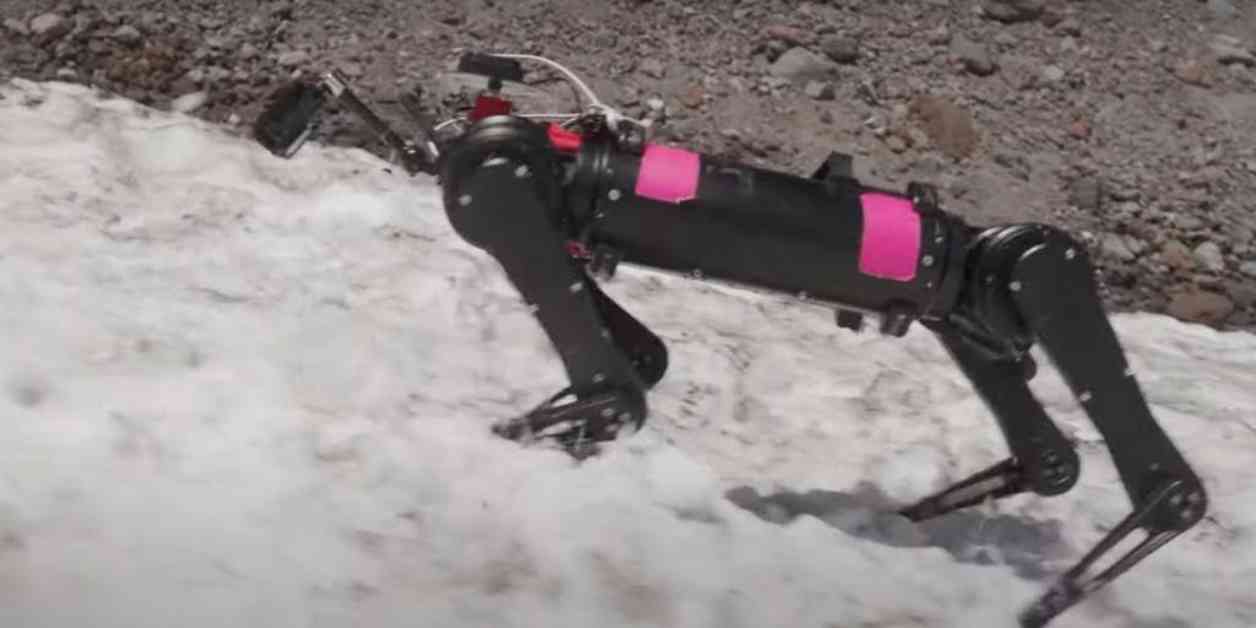In the beautiful shadow of Mount Hood in Oregon, a team of researchers from various universities and NASA’s Johnson Space Center are working on an exciting project. Their goal is to prepare a dog-like robot named Spirit for the challenging task of exploring the moon’s rugged terrain.
Spirit has undergone intense training over a five-day period, where it faced various obstacles such as shifting earth, snowy terrain, and rocky obstacles. Feifei Qian, the project lead from USC Viterbi School of Engineering, explains that a legged robot like Spirit needs to be able to quickly adjust its movements based on the ground it interacts with.
This project, known as the LASSIE Project (Legged Autonomous Surface Science in Analog Environments), involves a multidisciplinary team of engineers, cognitive scientists, geoscientists, and planetary scientists. Their aim is to enhance Spirit’s ability to walk on challenging surfaces by understanding different substrates.
The footage captured during Spirit’s trials on Mount Hood provides valuable insights into environments that resemble other planets. These experiences help Spirit learn and adapt, preparing it for future explorations beyond Earth.
Looking ahead, Qian’s team plans to develop more quadruped robots with the help of a $2 million grant from NASA. The TRUSSES Project (Temporarily, Robots Unite to Surmount Sandy Entrapments, Then Separate) aims to deploy groups of robots to the moon. These robots will work together, sharing knowledge and creating a map of locomotion risk estimation to aid in planetary explorations.
The research conducted on Mount Hood not only pushes the boundaries of technology but also highlights the power of teamwork in overcoming challenges. By practicing in extreme terrains, Spirit and its robotic companions learn to adapt and transform to navigate obstacles, inspiring us to rethink the possibilities of collaboration.
As we look towards the future of space exploration, the potential scientific discoveries enabled by legged robots on celestial bodies inaccessible to wheeled rovers are vast. The innovative work being done by Qian’s team opens up new possibilities for exploration and discovery beyond our planet.
To stay updated on the latest tech tips and security alerts, subscribe to the free CyberGuy Report Newsletter on Cyberguy.com. Join the conversation and share your thoughts on the potential of legged robots in space exploration.



